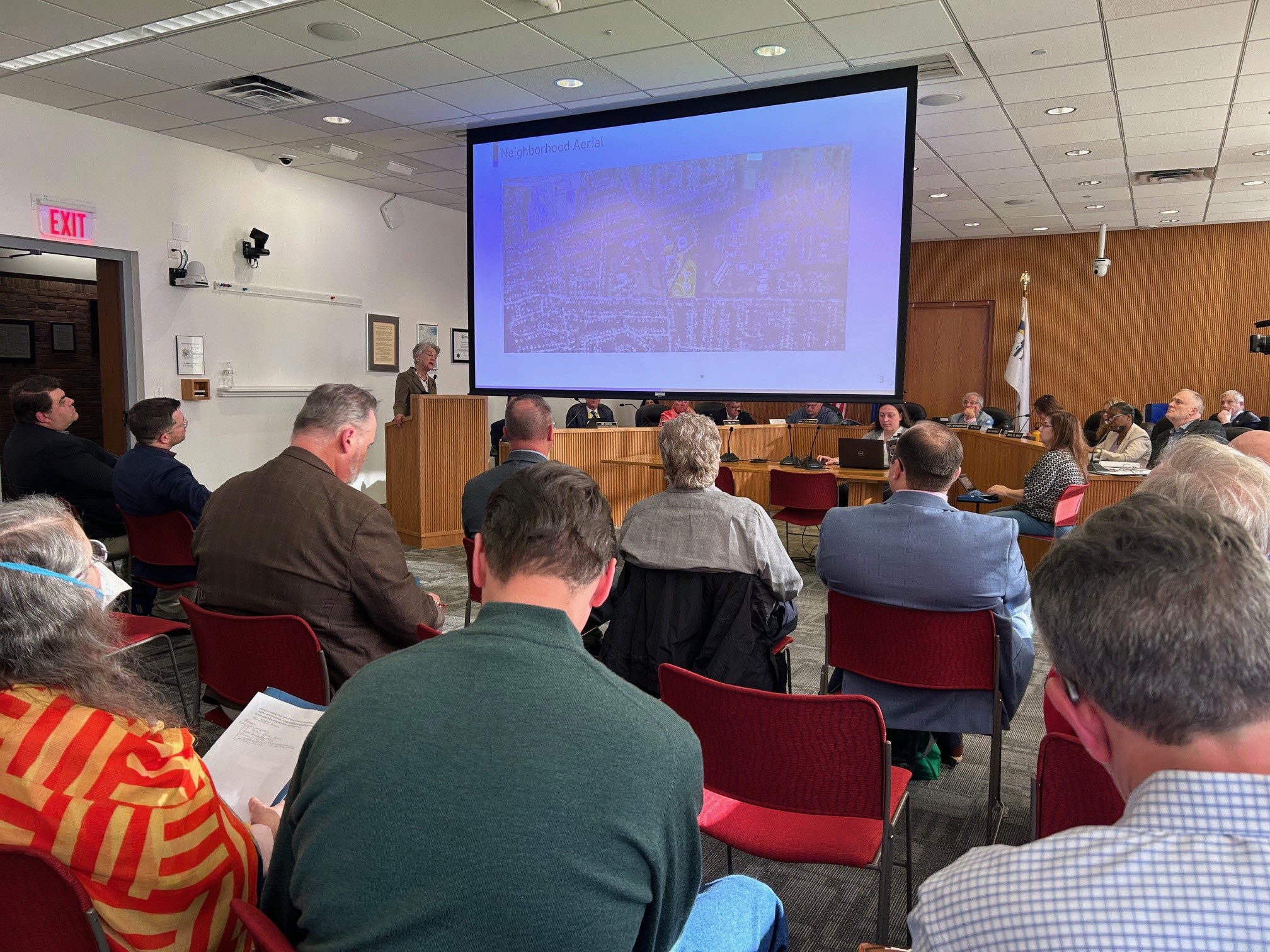They’ve been a majestic part of the city’s landscape, but soon many of New Haven’s ash trees will be gone.
An infestation of the emerald ash borer, a bark eating beetle of Asian descent, has forced the removal of nearly 400 ash trees already, with 190 more scheduled to be removed in the next two years.
“We’re monitoring the ashes, we don’t start to contemplate the removal of the ash tree until it’s 30 percent defoliated, which tells us that, that tree is dying, said Rebecca Bomberro, director of Parks, Recreation & Trees for the city of New Haven.
City officials say they don’t want to remove any tree unless they have to and are replacing the ones they’ve cut down with new trees of a different variety.
“Trees have a huge environmental and aesthetic benefit to the neighborhoods that they serve so we try to mitigate hazards and only take down trees that are dead, diseased, dying or structurally unsound,” added Bomberro.
The beetle, which was first identified in Connecticut in 2012, feeds exclusively on ash trees.
“Ash trees have this nice thick corky bark,” explained Clair Rutledge, associate agricultural scientist and entomologist at the Connecticut Agricultural Experiment Station. “Where the beetles feed is right between this bark and the wood.”
Local
Rutledge is among the state’s leading experts and said the emerald ash borer virtually eradicated ash trees in the Nauguatuck Valley before spreading to New Haven approximately two years ago.
Rutledge says pesticides can be used to kill the beetle but city officials says that would be too costly.
“You can treat the trees with pesticides to inhibit the growth of the emerald ash borer. But it is cost prohibitive and it’s not a guarantee for survival of the tree,” said Bombero.
As alternative, Rutledge says a natural predator could be introduced into the beetles’ natural habitat. Work is being done by the USDA to introduce a tiny Russian wasp, Spathius galinae, into the beetle’s habitat.
These tiny wasps would, in theory feed on the beetles, however, Rutledge said it appears this process would not take hold quick enough to save Connecticut’s ash population.
Rutledge is hopeful, however, once the food source of the beetle is gone, there will be what she calls a “crash,” where the beetles would disappear. At that point, she believes these wasps could prevent the beetle from returning.



